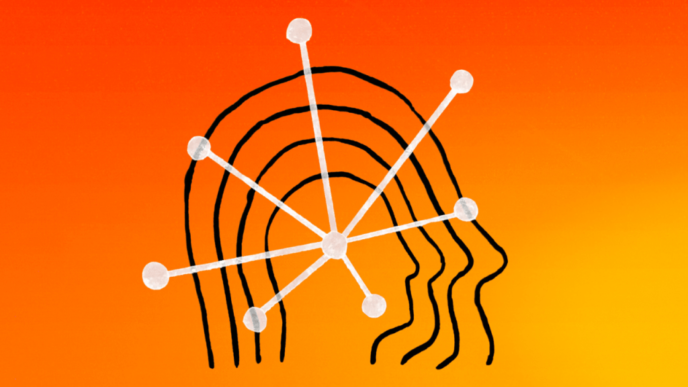As the AI revolution accelerates, its impact on energy consumption and carbon emissions is becoming increasingly evident. A recent study by researchers from the Harvard T.H. Chan School of Public Health and UCLA Fielding School of Public Health has shed light on the staggering energy demands of data centers that underpin AI technologies. The study examined 2,132 data centers across the United States, which represent 78% of all facilities in the country. These data centers, often filled with rows of servers, are essential for training AI models and processing requests from users interacting with applications such as ChatGPT.
The findings reveal that since 2018, emissions from U.S. data centers have tripled, reaching a staggering 105 million metric tons of CO2 for the year ending August 2024. This figure accounts for 2.18% of the nation’s total emissions, surpassing the emissions produced by domestic commercial airlines, which stand at approximately 131 million metric tons. Additionally, data centers are responsible for 4.59% of all energy consumption in the U.S., a figure that has doubled since 2018.
Quantifying the specific contribution of AI to this surge in emissions poses a challenge. Data centers serve a multitude of purposes beyond AI, including hosting websites and storing digital files. However, the researchers suggest that the share of emissions attributable to AI is growing rapidly, reflecting the widespread adoption of AI technologies across various sectors of the economy.
Eric Gimon, a senior fellow at the think tank Energy Innovation, commented on the findings, emphasizing the potential for exponential growth in AI-related emissions. He noted that while the current analysis presents a significant surge, the field is still in the early stages of optimizing efficiencies and exploring alternative technologies, such as different types of chips.
A critical factor in the carbon footprint of data centers is the source of their power. Many data centers are situated in regions that rely heavily on coal for energy, resulting in a carbon intensity that is 48% higher than the national average. The study highlighted that 95% of U.S. data centers are located in areas where the electricity sources are more carbon-intensive than the national average. Falco Bargagli-Stoffi, an assistant professor at UCLA and a co-author of the paper, explained that the availability of cleaner energy sources, such as wind and solar, can be intermittent, which makes fossil fuels a more reliable option for data centers that require constant energy supply.
The landscape of AI is undergoing a significant transformation, with models evolving from simple text generation tools to complex systems capable of generating images, videos, and music. This shift is likely to exacerbate the emissions associated with AI. OpenAI, for instance, launched its video generation model, Sora, on December 9, only to see its servers overwhelmed by user demand. Competing technologies, such as Veo from Google and Movie Gen from Meta, are also on the brink of release, indicating that the influx of multimodal AI applications is imminent.
As Gianluca Guidi, a PhD student and lead author of the study, pointed out, the exponential growth in data sizes associated with image and video processing will lead to a further increase in emissions. The wider adoption of these advanced AI capabilities will compound the energy consumption challenges already faced by data centers.
Recognizing the urgent need for better data on energy usage, the researchers established a portal designed to provide insights into the emissions produced by data centers across the country. This initiative aims to streamline access to data that has historically been scattered across various agencies and sources. The long-term objective is to inform future regulatory measures aimed at mitigating emissions from data centers, which are projected to skyrocket in the coming years.
Francesca Dominici, director of the Harvard Data Science Initiative and another co-author of the study, noted the potential for increased pressure from environmental and sustainability advocates on large tech companies. However, she expressed skepticism regarding the likelihood of new regulations in the near future, predicting that substantial changes may not occur within the next four years.
In conclusion, as AI technologies continue to expand and evolve, the implications for energy consumption and carbon emissions cannot be overlooked. The findings from this study serve as a crucial reminder of the environmental challenges posed by the rapid growth of AI and the need for more sustainable energy practices in the tech industry. With the demand for more sophisticated AI capabilities on the rise, the industry must act swiftly to address its environmental impact and seek innovative solutions that balance technological advancement with ecological responsibility.













